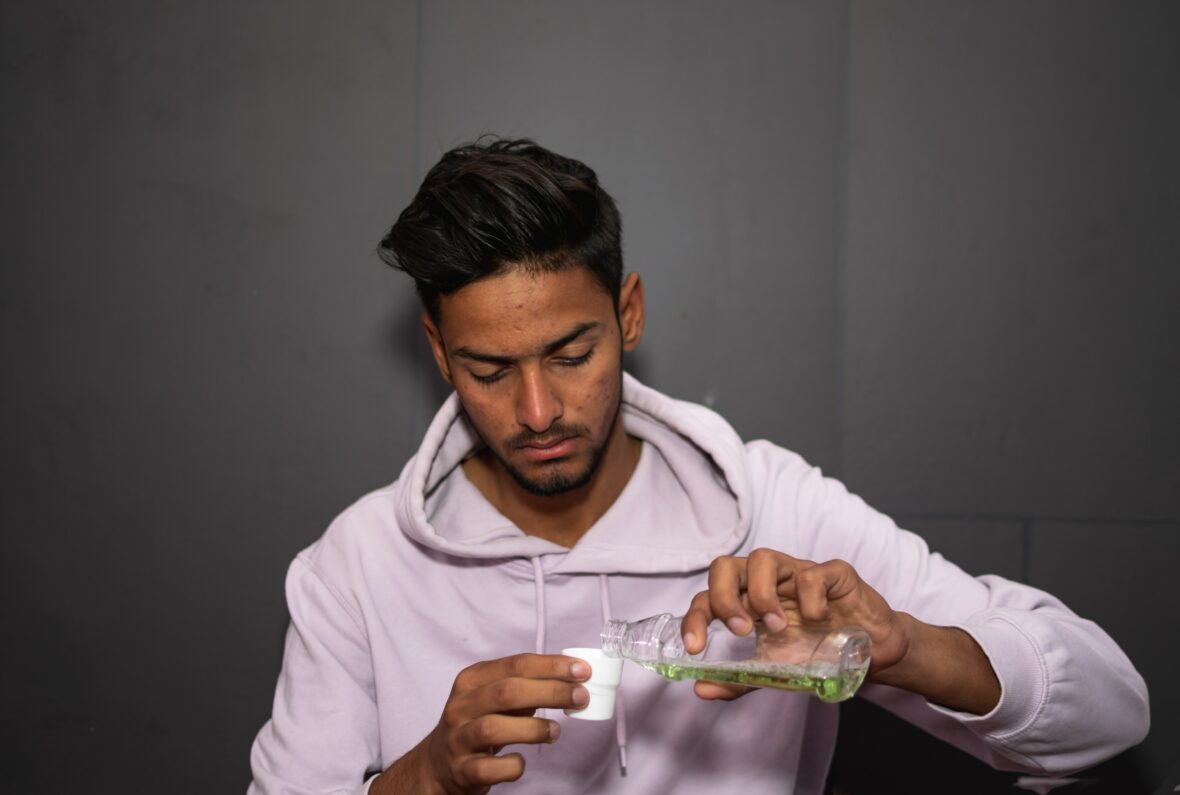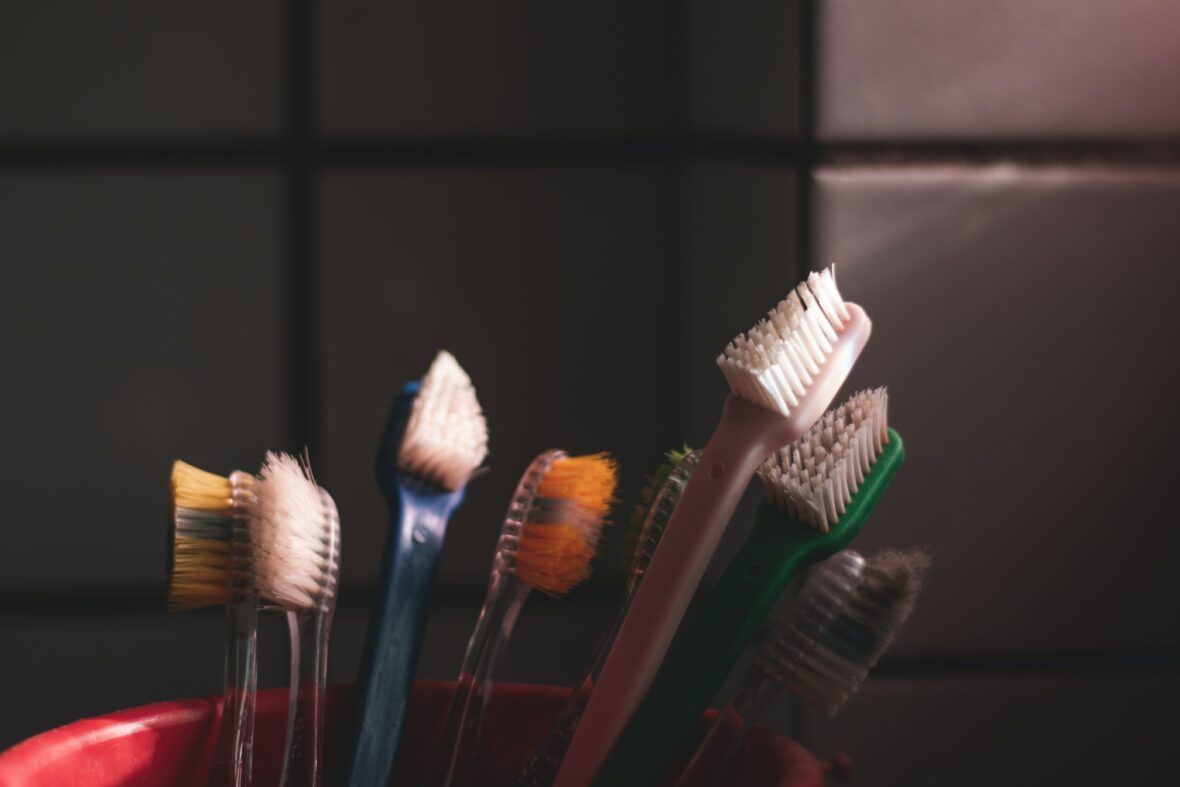
Do you ever look around while brushing your teeth and think about all the germs lurking in your bathroom? Well, it turns out that your toothbrush itself is home to a host of bacteria. The very thing that is supposed to clean your teeth and leave you with minty fresh breath could actually be spreading that bacteria around. So, now that you are sufficiently grossed out, keep scrolling to learn how to sanitize your toothbrush and keep it clean between each use.
Experts say you should sanitize your toothbrush
Studies suggest that more than 100 million microbes—including E.coli, staphylococci, herpes simplex virus, and even fecal germs—can live in the bristles of a toothbrush. It’s gross, I know, but there’s no need to panic.
“Although studies have shown that various microorganisms can grow on your toothbrush, your mouth and body are able to effectively defend against infections,” explains Matt Nejad, DDS, a celebrity cosmetic and biomimetic dentist in Beverly Hills, CA. There is no clinical evidence that this type of bacteria growth will have a negative result on your oral or systemic health, he adds.
Still, it’s important to keep your toothbrush clean. “Things like this are difficult or impossible to trace, but it is better to avoid these unnecessary exposures and minimize the chance of problems,” says Dr. Nejad. While this may seem like common sense, many of us simply rinse our toothbrush head once we’re done brushing our teeth and don’t think twice about what’s lingering in its bristles. To prevent the accumulation of bacteria, however, we should actually be sanitizing our toothbrushes on the regular.
ALSO READ: How to Get Dog Hair Out of Clothes: Tips and Tricks
How to sanitize your toothbrush

A simple way to sanitize your toothbrush head is by soaking it in an alcohol-based, antibacterial mouthwash at least once a week. One study found that soaking a toothbrush in Listerine mouthwash, specifically, reduced the bacterial load by 85 percent. While you might not think to do this on your own, it is an easy step to add to your nighttime or morning routine that will only take a few minutes.
- To get started, pour some mouthwash solution into a cup (do not dip the brush into the bottle).
- Let the bristles soak for up to 15 minutes (do not let it sit longer as this can make the bristles less effective at cleaning).
If you don’t have antibacterial mouthwash, you can also create your own at-home sanitizing solution with one part peroxide and one part water. Be sure to rinse it well after if you decide to go this route because you want to remove any peroxide taste before brushing next.

How to Clean a Coffee Maker Properly
How to keep it clean between uses
- After brushing, thoroughly rinse the bristles with warm, running water to remove any leftover toothpaste, food particles, or debris.
- Shake off any excess water from the bristles, then place the toothbrush upright to dry, rather than laying down, until the next use.
- And while you may be tempted to cover your toothbrush, experts say it’s better to leave it out in the open air. An enclosed, moist environment is more conducive to the growth of microorganisms.
- If you use an electric toothbrush, remove the head from the base after each use, storing them separately.
How often should you replace your toothbrush?

No matter how clean you try to keep your toothbrush, you’ll still need to throw it away eventually. Most experts recommend replacing your toothbrush or changing the brush head every three to four months, but Dr. Nejad recommends doing so every two months. Not only does this minimize the accumulation of bacteria, but sturdy new bristles are the most effective at cleaning, he explains.
It’s also a helpful tip to replace your toothbrush after you’ve been sick. Whether it be a bad cold or stomach virus, these viruses can live on your toothbrush afterwards, so it is a good idea to get a clean and fresh one out once you start feeling better.
Ultimately, these tips should help with your dental hygiene, keeping your teeth clean and free from unnecessary bacterias.
CHECK OUT: How to Get Dust Out of the Air
